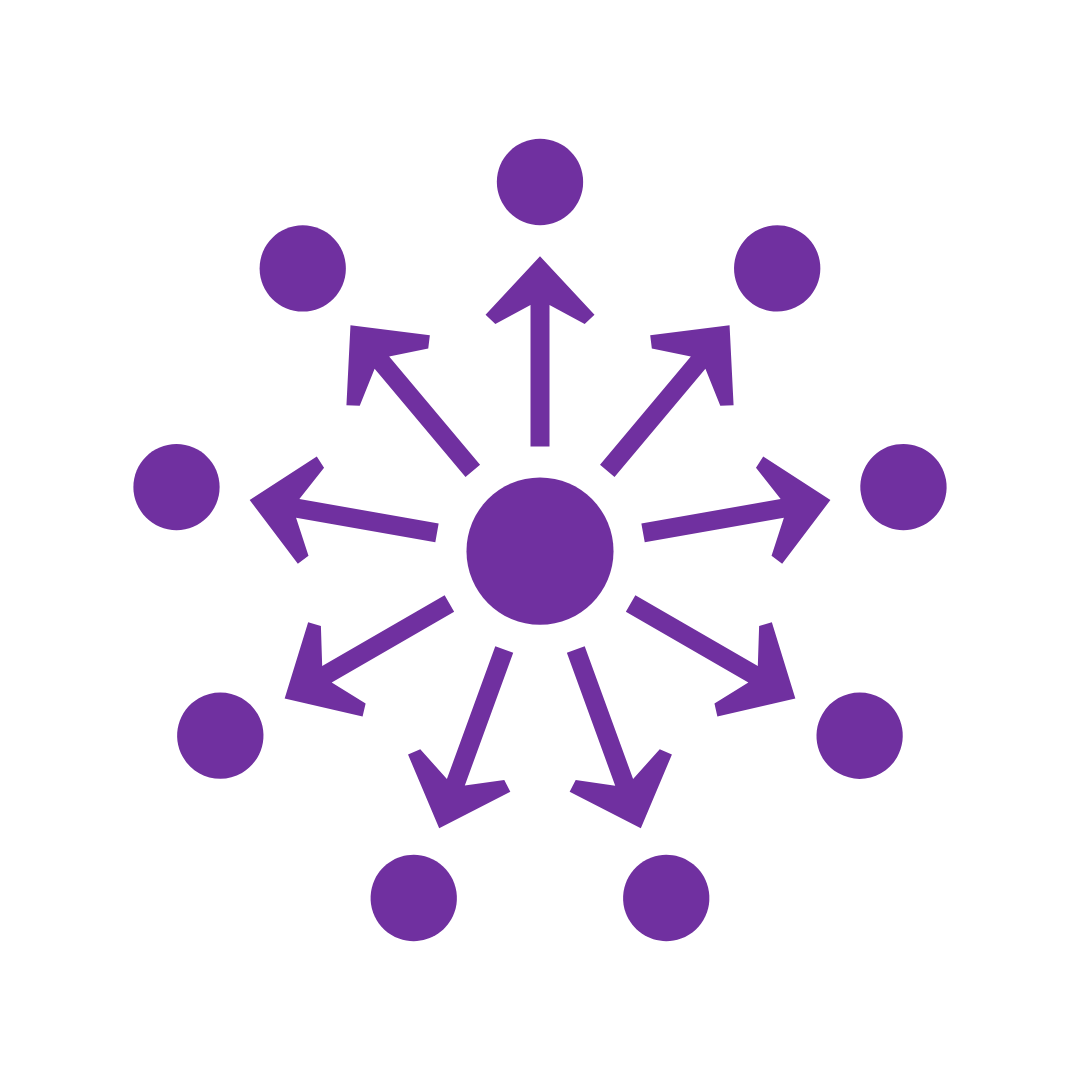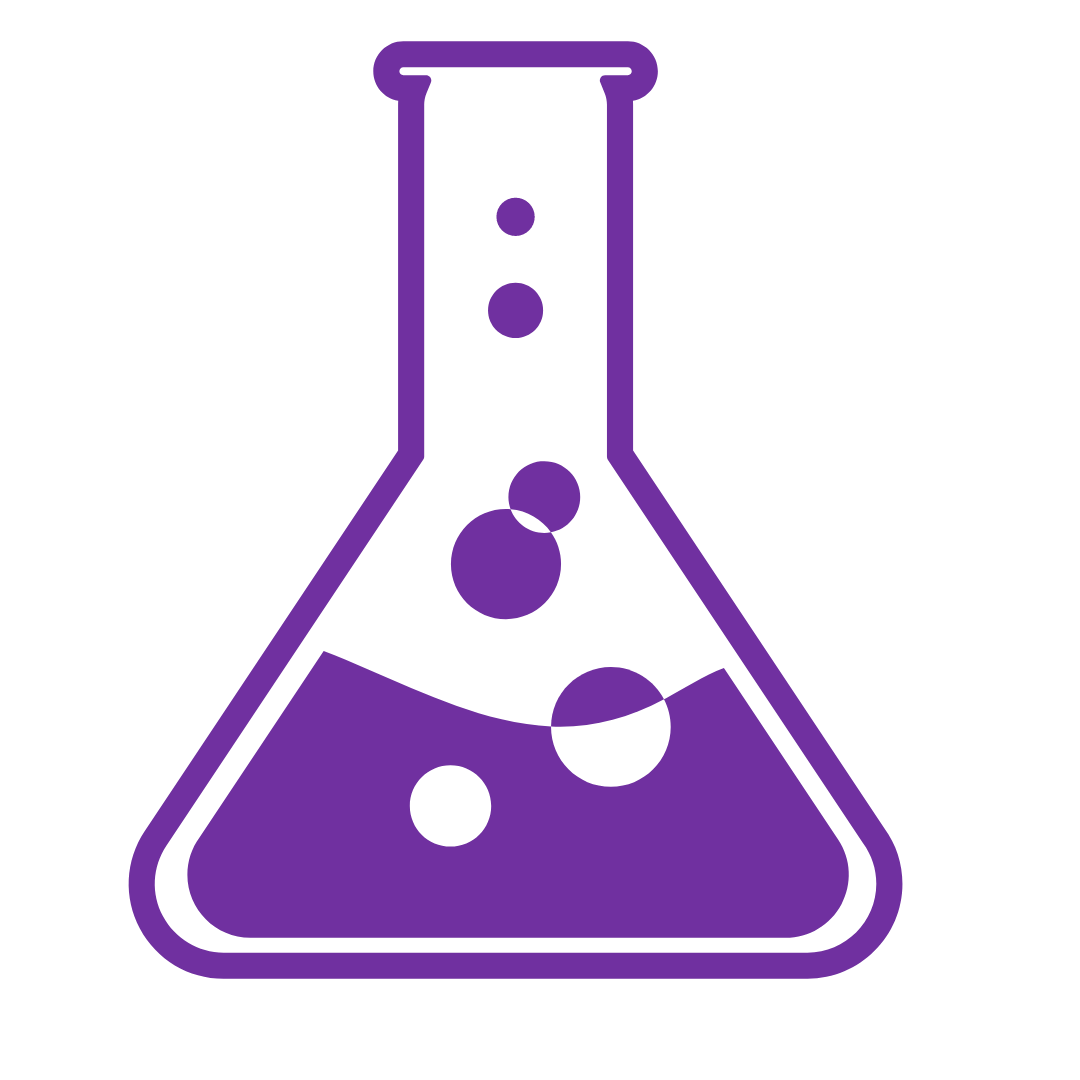Targeting chromosomal instability in oncology
Developing therapeutics for cancers with unmet medical need
Chromosomal instability (CIN) is the gain or loss of whole chromosomes or their fractions in the cell division process. CIN is a hallmark of multiple cancer types, as it is often responsible for tumor progression and the formation of metastatic cancer cells. Cancers with CIN have poor clinical outcomes and are characterized by several patterns responsible for disease progression:



Therapeutic resistance
Immune evasion
Metastasis
- Promotion of tumor evolution by acquisition of resistant clones and their further expansion
- Activation of genes responsible for multi-drug resistance
- Reduction of T-cell tumor infiltration
- Mimicking of myeloid-like cell properties
- Activation of alternative and non-canonical signaling pathways
- Induction of epithelial-mesenchymal transition
BP-001
Our lead compound BP-001 inhibits the interaction between Hec1 and Nek2 proteins. In healthy cells, these proteins play a pivotal role in the cell division process helping the correct segregation of chromosomes during mitosis. Overexpression of Hec1 and Nek2 in cancer cells results in chromosomal instability and aneuploidy in the tumor tissues. Both proteins are frequently overexpressed in aggressive types of solid tumors, such as triple-negative breast cancer, recurrent/resistant colorectal, liver, gastric, pancreatic, lung cancers and glioblastoma. There is also strong evidence supporting Nek2 involvement in the recurrence and resistance of hematological tumors like multiple myeloma and diffuse large B-cell lymphoma.
BP-001 preclinical activity


- Binds directly with Hec1 and causes Hec1-based “death-trap” triggering Nek2 degradation
- Suppresses the growth of cancer cells at nanomolar concentrations
- Does not affect the growth of non-tumorigenic cells (up to 100-fold window)
- Significantly more active in cell lines with Hec1 overexpression and p53 mutations
- Strong in vivo activity as monotherapy against triple-negative breast cancer in xenograft model
- High oral bioavailability in mice
- Favorable organ distribution to support cancer indications
- Strong rationale for combination therapies with many classes of anti-cancer drugs
We believe that innovations are driven by passionate and motivated teams. As a result we are open for collaborations and partnerships with academia and industry on the way to deliver new therapeutic strategies for patients with high unmet needs



